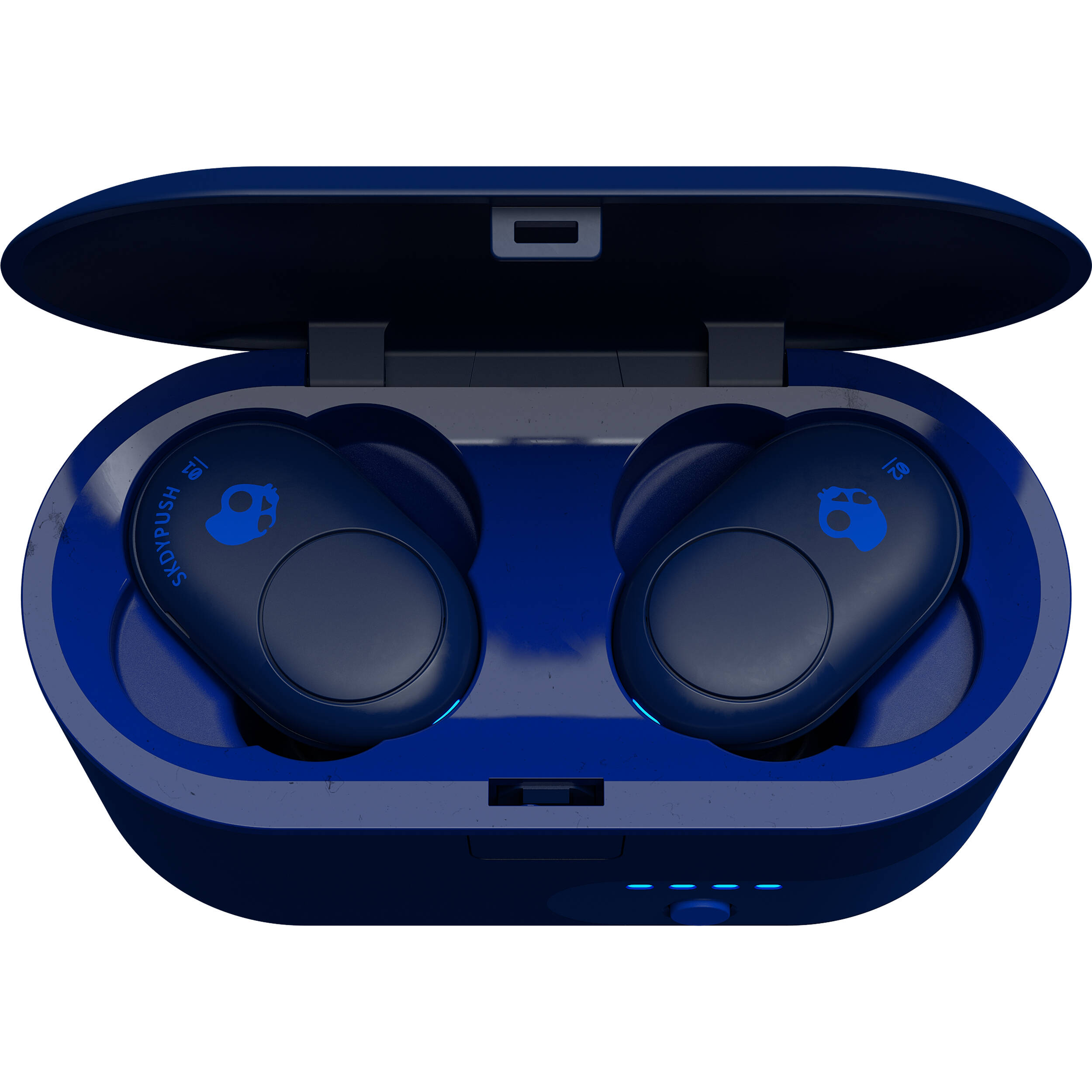In today’s digital age, laptops have become an essential tool for both personal and professional use. Whether you’re a student, a professional, or a casual user, finding the right laptop that meets your needs can be a daunting task. With numerous brands, models, and specifications available in the market, it’s important to understand what features to consider before making a purchase. In this buyer’s guide, we will explore the key factors to consider when choosing the best laptop for your needs.
- Purpose and Usage:
The first step in selecting a laptop is to determine your specific purpose and usage. Are you a student who needs a laptop for taking notes and completing assignments? Are you a graphic designer who requires a high-performance machine for resource-intensive tasks? Identifying your primary usage will help you narrow down the options and find a laptop that matches your requirements.
- Operating System:
The operating system (OS) is the software that runs on your laptop and determines its functionality and user experience. The three most common operating systems for laptops are Windows, macOS, and Chrome OS. Windows is versatile and supports a wide range of software applications. macOS, exclusive to Apple laptops, offers seamless integration with other Apple devices and is preferred by many creative professionals. Chrome OS, found on Chromebooks, is a lightweight and affordable option suitable for web browsing and basic tasks. Consider your familiarity with the operating system and the software you need to run before making a decision.
- Performance:
The performance of a laptop depends on its processor, RAM, and storage. The processor, often referred to as the CPU, is the brain of the computer and determines its speed and multitasking capabilities. Intel Core i5 and i7 processors are popular choices for most users, while professionals might opt for more powerful options like the Intel Core i9 or AMD Ryzen processors.
RAM, or random-access memory, affects the laptop’s ability to handle multiple tasks simultaneously. For basic tasks, 4GB to 8GB of RAM is usually sufficient, but if you’re a power user or plan to run resource-intensive applications, consider a laptop with 16GB or more RAM.
Storage options include traditional hard disk drives (HDD) and solid-state drives (SSD). HDDs offer larger storage capacity at a lower cost, while SSDs provide faster boot-up times and data transfer speeds. Consider the balance between storage capacity and speed based on your needs.
- Display:
The display is an important consideration, as it directly affects your visual experience. Laptops come in various screen sizes, typically ranging from 11 to 17 inches. Smaller screens are more portable, while larger screens are suitable for tasks that require more screen real estate, such as video editing or gaming. Additionally, consider the display resolution and whether you require features like touch functionality or color accuracy for graphic design work.
- Portability:
If you’re frequently on the go or need to carry your laptop to different locations, portability is a crucial factor. Thin and lightweight laptops are ideal for travelers and students. Look for laptops that weigh around 3 pounds or less and have a slim profile. Additionally, check the battery life specifications to ensure that the laptop can last for a sufficient amount of time without requiring a charge.
- Connectivity and Ports:
Consider the connectivity options and ports available on the laptop. Ensure that it has sufficient USB ports (preferably USB 3.0 or higher) to connect peripherals such as external hard drives, printers, or smartphones. If you plan to connect to external displays or projectors, check for HDMI or DisplayPort outputs. Other useful ports to consider include an SD card reader, Ethernet port, and a headphone/microphone jack.
- Graphics and Gaming:
If you’re a gamer or a graphic designer, you’ll need a laptop with dedicated graphics processing capabilities. Integrated graphics are suitable for basic tasks, but a discrete graphics card, such as NVIDIA GeForce or AMD Radeon, will provide better performance for gaming or demanding design software. Look for laptops with dedicated graphics memory for smoother gameplay or rendering.
- Budget:
Last but not least, consider your budget before making a final decision. Laptops come in a wide price range, from budget-friendly options to high-end models. Set a realistic budget based on your requirements and prioritize the features that are most important to you. Keep in mind that investing in a quality laptop that meets your needs will ensure a better user experience and longevity.
In conclusion, choosing the best laptop for your needs requires careful consideration of factors such as purpose and usage, operating system, performance, display, portability, connectivity, graphics, and budget. By understanding your requirements and conducting thorough research, you can make an informed decision that will serve you well in the long run. Remember to read reviews, compare specifications, and seek expert advice if needed. With the right laptop in hand, you’ll have a powerful tool to enhance your productivity, creativity, and entertainment.



